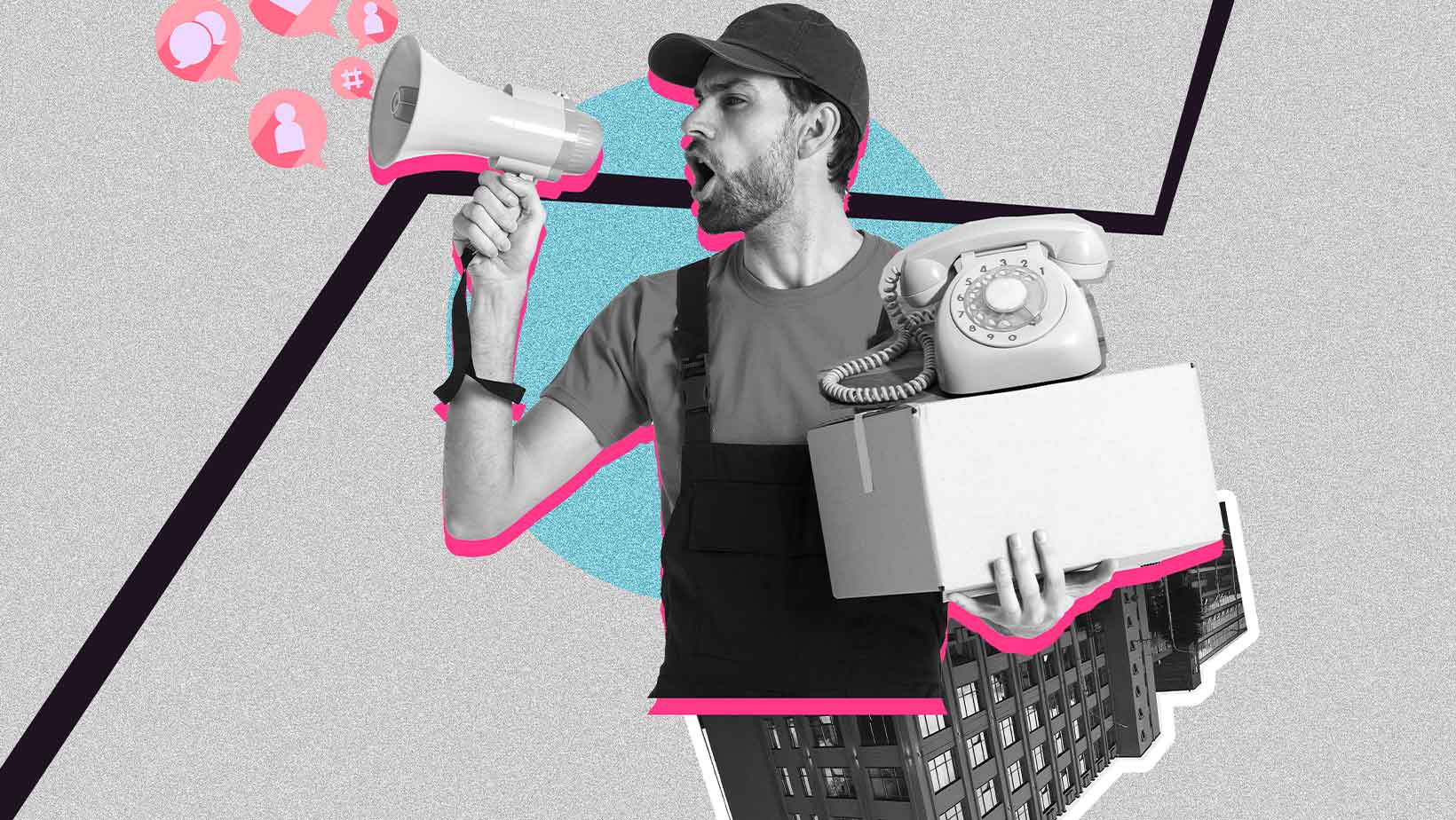Think about the last ad that caught your attention. Maybe it wasn’t the product itself—it was the feeling. The background music, the mood, the colors, the way it fit perfectly into your scroll. You didn’t stop because you wanted to buy—you stopped because it matched your vibe.
That’s the essence of vibe marketing—the art of creating campaigns that resonate emotionally first, and sell second.
In 2025, vibe marketing is more than a buzzword. It’s shaping how brands connect with audiences who are tired of hard sells and crave experiences that feel authentic, relatable, and mood-driven.
The Consumer Perspective: Why Vibe Matters
From a consumer’s point of view, marketing noise is everywhere. Every scroll, every swipe, every click seems to push another product or service. But vibe-driven campaigns feel different.
They don’t scream buy now. Instead, they whisper this is you.
- Relatability: A video ad of friends laughing over coffee doesn’t tell you the brand’s price point. But it makes you think of your own morning ritual.
- Emotional connection: A fashion campaign using nostalgic 90s music feels less like an ad and more like a memory.
- Belonging: When a campaign reflects your culture, values, or aesthetic, it doesn’t feel like marketing—it feels like representation.
Consumers are no longer impressed by flashy discounts or bold headlines alone. They want to feel understood. Vibe marketing works because it’s built on that simple truth: we buy into emotions before products.
Why Vibe Marketing Works in 2025
- Short-Form Video Dominance
Platforms like TikTok, Instagram Reels, and YouTube Shorts thrive on vibes. Music trends, editing styles, filters—all of these create moods that consumers instantly connect with. - AI-Powered Personalization
Algorithms are so advanced now that feeds feel tailor-made. If you’re into lo-fi playlists and cozy aesthetics, you’ll see ads and content that reflect that energy. - Cultural Shifts
Younger generations—Gen Z and Gen Alpha—value experiences and emotions more than traditional status symbols. They buy into lifestyles, not just products. - The Decline of Hard Selling
Banner ads and long-form sales pitches don’t fit the way people consume media anymore. Subtle storytelling with the right vibe keeps consumers engaged without feeling pressured. - Authenticity Above All
Consumers can smell inauthenticity a mile away. Vibe marketing works best when it reflects real moods, real people, and real cultural touchpoints.
DapraLab’s Approach to Vibe Marketing
At DapraLab, we see vibe marketing as more than a creative choice—it’s a strategy rooted in consumer psychology. Our goal is to help brands create campaigns that feel like they belong in the consumer’s life, not interrupt it.
Here’s how we make it work:
1. Mood-First Creative Process
Instead of starting with the product, we start with the feeling. What mood should the campaign evoke? Calm? Excitement? Empowerment? That vibe guides every choice—music, visuals, copy, even pacing.
2. Micro-Moments That Stick
People live in micro-moments—scrolling while waiting for coffee, or sneaking in a quick TikTok before bed. We design content that fits those spaces—short, punchy, but emotionally resonant.
3. Authentic Storytelling
We lean on real people, not staged scripts. Behind-the-scenes shots, founder stories, or customer-generated clips all create an authentic vibe that consumers instantly trust.
4. Cultural Relevance
Trends matter. Whether it’s the latest audio clip, editing style, or meme format, we make sure your campaign feels like it belongs to the moment without losing brand identity.
5. Platform-Specific Vibes
What feels right on TikTok may not work on LinkedIn. We adapt tone, style, and vibe to each platform’s culture—so campaigns never feel out of place.
6. Data Meets Mood
Yes, vibe is emotional—but it’s also measurable. We track engagement, shares, and sentiment to see which moods resonate most, then fine-tune campaigns for maximum ROI.
From Consumer Feelings to Business Growth
Consumers don’t always articulate why they connect with a campaign. They just feel it. Maybe it’s the song, maybe the colors, maybe the way it reminds them of something personal. But those feelings lead to action—saving a post, sharing it with friends, clicking a link, or eventually making a purchase.
That’s the beauty of vibe marketing. It builds brand loyalty without feeling transactional. It creates a bridge between who the consumer is and what the brand offers.
At DapraLab, we help businesses cross that bridge—designing campaigns that don’t just push products, but pull consumers in with the right energy.
Real-World Scenarios
- Healthcare Practice: A calming “day in the life” video with soft music and warm tones, making patients feel comfortable before they even book.
- Retail Brand: A high-energy edit synced to trending music, showing real customers trying products with laughter and excitement.
- Professional Services: A sleek, minimalist video with a confident tone—projecting reliability and expertise without over-explaining.
Each scenario shows the same principle: consumers don’t just want what you’re selling—they want to feel the vibe of your brand.
The Future of Vibe Marketing
Looking ahead, vibe marketing will only get more sophisticated. With AI tools, brands will be able to instantly test which moods resonate best with their audience. We’ll likely see interactive vibe campaigns, where consumers can choose the mood they connect with most and experience content tailored to that choice.
But the foundation will remain the same: brands that understand emotions will always win.
Conclusion: Campaigns That Feel, Not Just Sell
Vibe marketing isn’t about ignoring sales. It’s about designing campaigns that make people want to buy—because they already feel connected.
In 2025, consumers scroll past sales pitches, but they stop for feelings. That’s why DapraLab helps businesses design campaigns that don’t just sell a product—they sell a vibe.
Because when your brand feels right, everything else follows.

